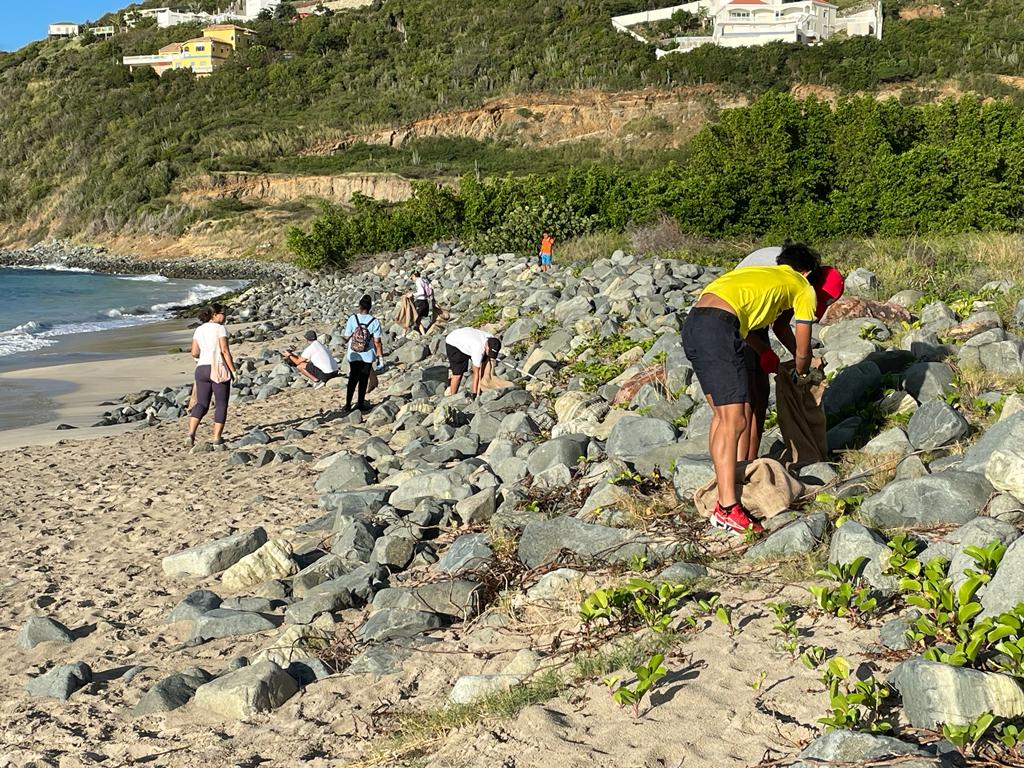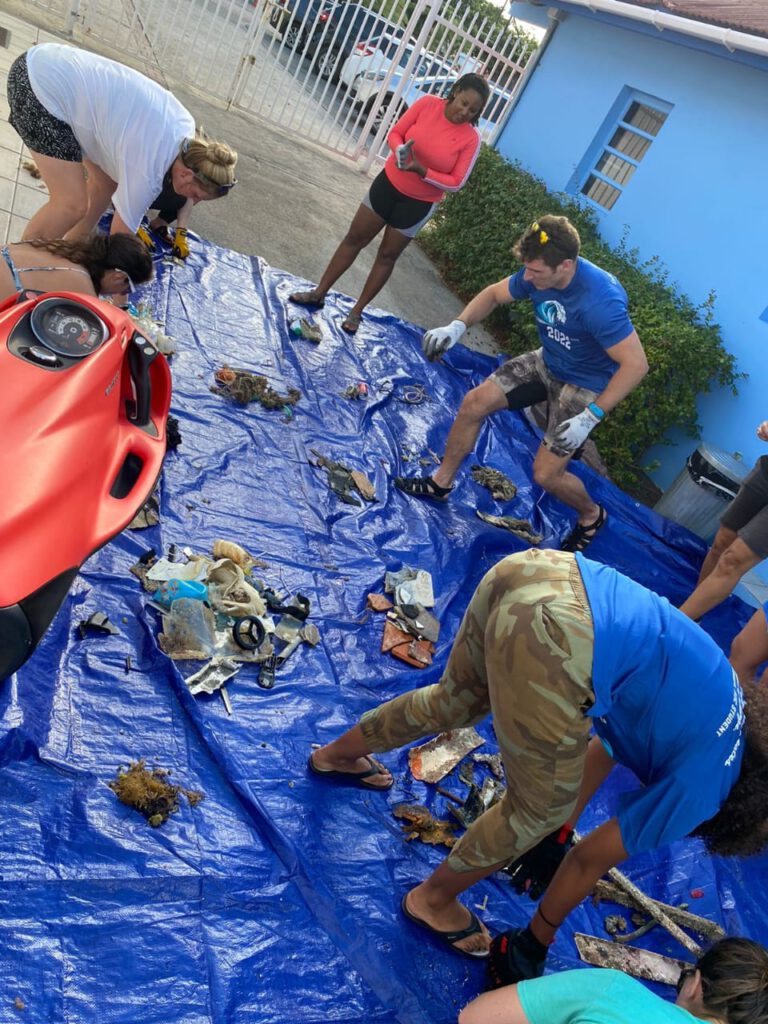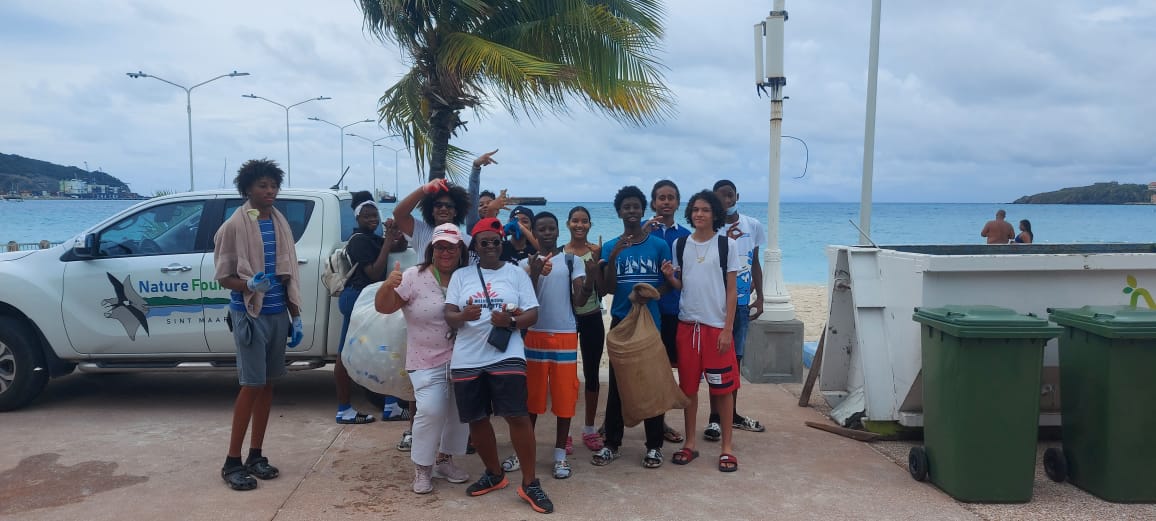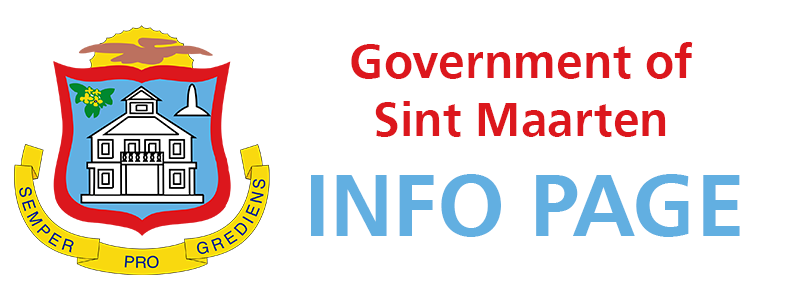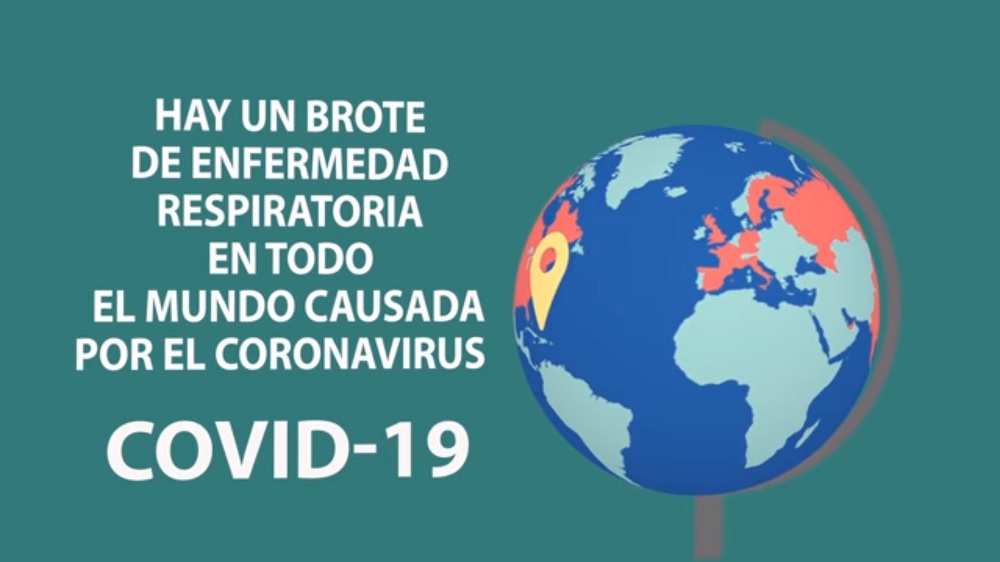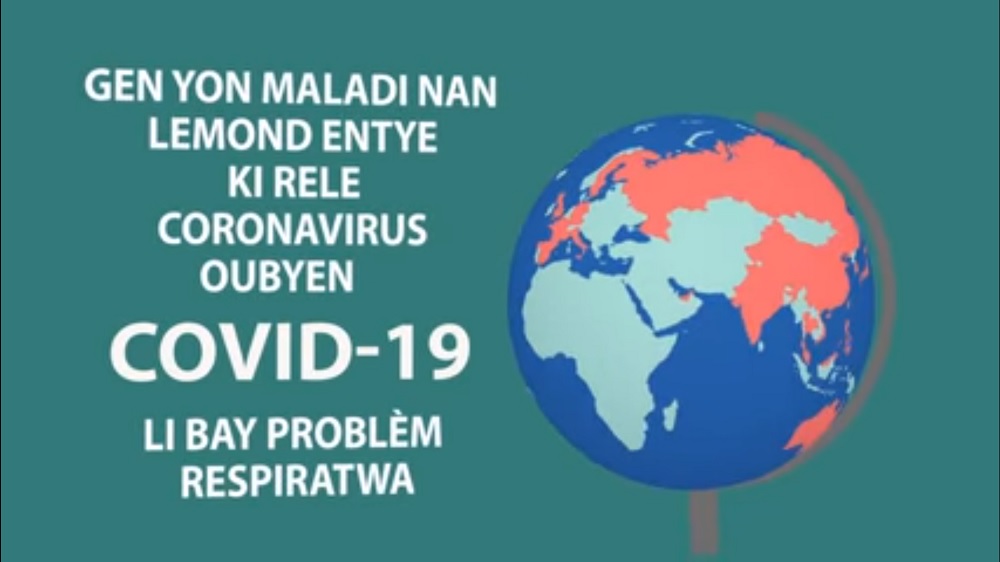4995.95 KG of waste collected by the Nature Foundation since start of In-No-Plastic Project.
Since the beginning of the In-No-Plastic Project in February 2022 the Nature Foundation and their volunteers collected 3682.45kg of household waste off beaches and 1317.5kg of marine plastic litter of the sea floor. That is a total of 4995.95kg (11,014 lbs.) of garbage that shouldn’t have been there in the first place!
We calculated that a whopping 65% percent of debris we clean off beaches is plastic on average! The other 35% is a combination of glass, wood, metal, rubber and other materials. For the underwater cleanups the percentage of plastic pieces is 56.5%.
“Unfortunately all of these clean-ups aren’t having a long-term impact,” said the Nature Foundation, “The dumped garbage seems to resurface as soon as we remove it, considering the amount we have collected it is unfortunate that each time we return the amount of waste is not decreasing.”
Monitoring at Guana Bay has shown that it depends on the location of the beach whether it receives marine plastic litter or just household waste. The rougher, hard to reach Southeastern beaches like Back Bay and Guana Bay receive most marine litter in the form of fishing nets, fishing line, drums, etc. Other beaches are littered with household items that are transported there by people. 90% of items removed from Guana Bay during the monitoring period were some kind of plastic.
On Mullet Bay, however, we found over 400 cigarette butts within our research area during one beach monitoring activity, as well as a large amount of bottle caps, straws and microplastics. In Cay Bay we found mostly glass and plastic bottles on the beach as well as a tremendous amount of food wrappers. We even found several intact skeletons of deceased animals in boxes.
Belair Beach is known for its after-hours social activities. “I don’t think it would be a surprise to anyone that this is the location where we find most condoms as well as loads of food wrappers/food boxes, plastic and glass bottles etc. Now, I am very proud of all the people using condoms, but I don’t think that our teams of (minor) volunteers should be the ones cleaning them up,” said Project Coordinator Christel Horst.
CupeCoy Beach is generally very clean compared to other beaches, waste collected there includes cans/bottles food wrappers, and sometimes clothes from the beach area.. In the bushes between the beach and the parking lot it’s a different story. There items like thick plastic cables, metal wire, chairs, bottles, food containers can be found.
Residents of St. Maarten, we should take more pride in ourselves and area that we live in. We must give the good example and show our fellow residents and visitors that we live in paradise, and we should work together to keep it this gorgeous! What is needed is supported behavrioural change. Residents and tourists need to learn to take responsibility for their waste and their choices. The government is encouraged to support this, as the consequences will affect us all!
Community beach clean ups are organized on a monthly basis. To make a difference keep an eye on our social media, Nature Foundation St. Maarten, and volunteer.sx for volunteering opportunities.
